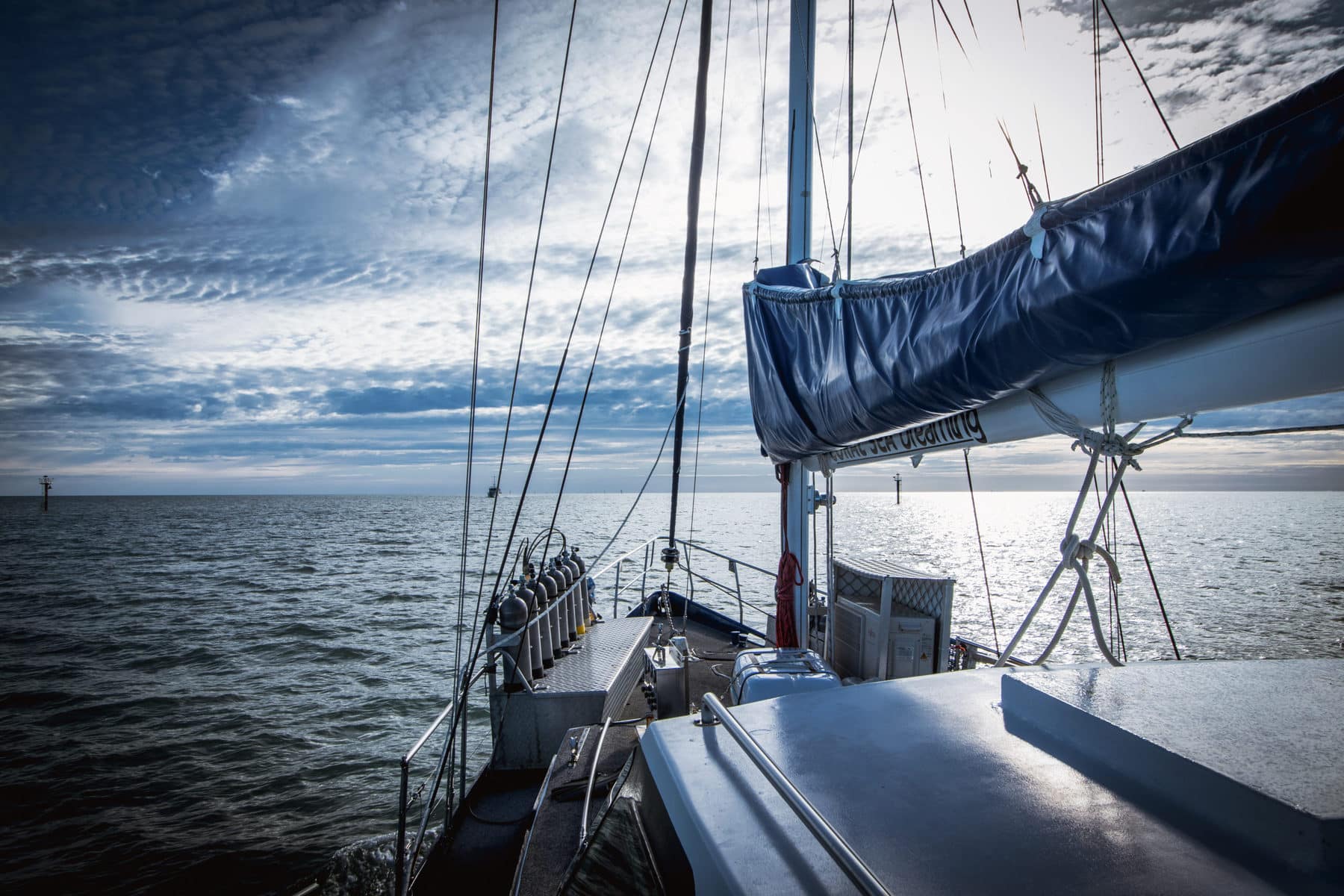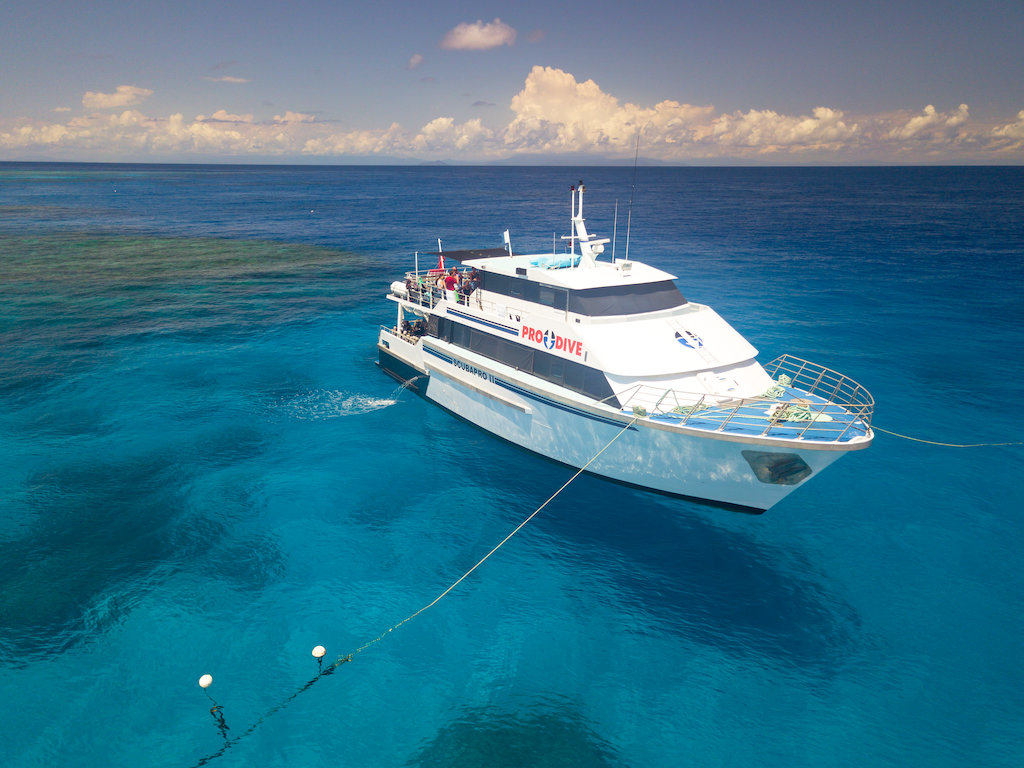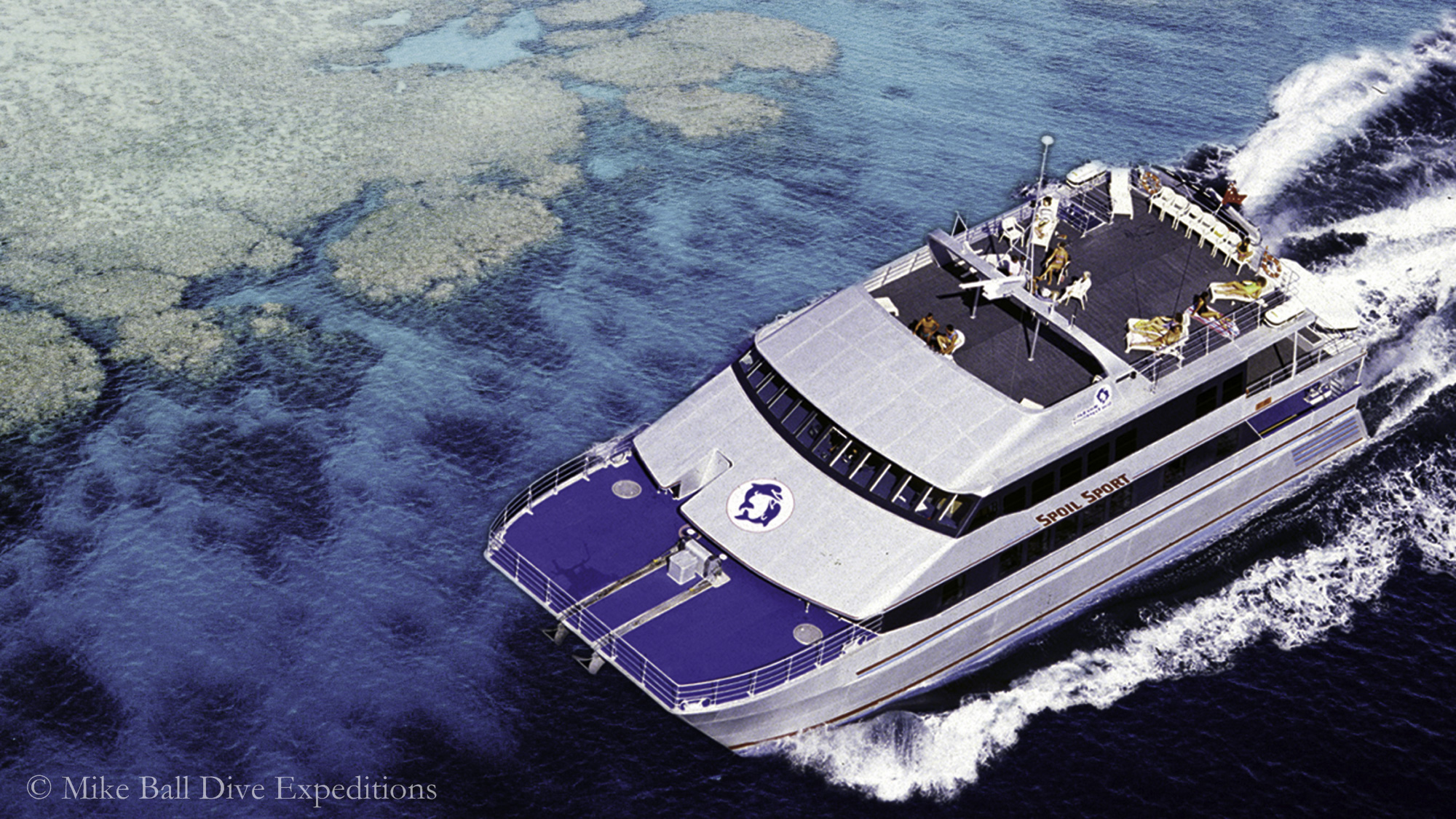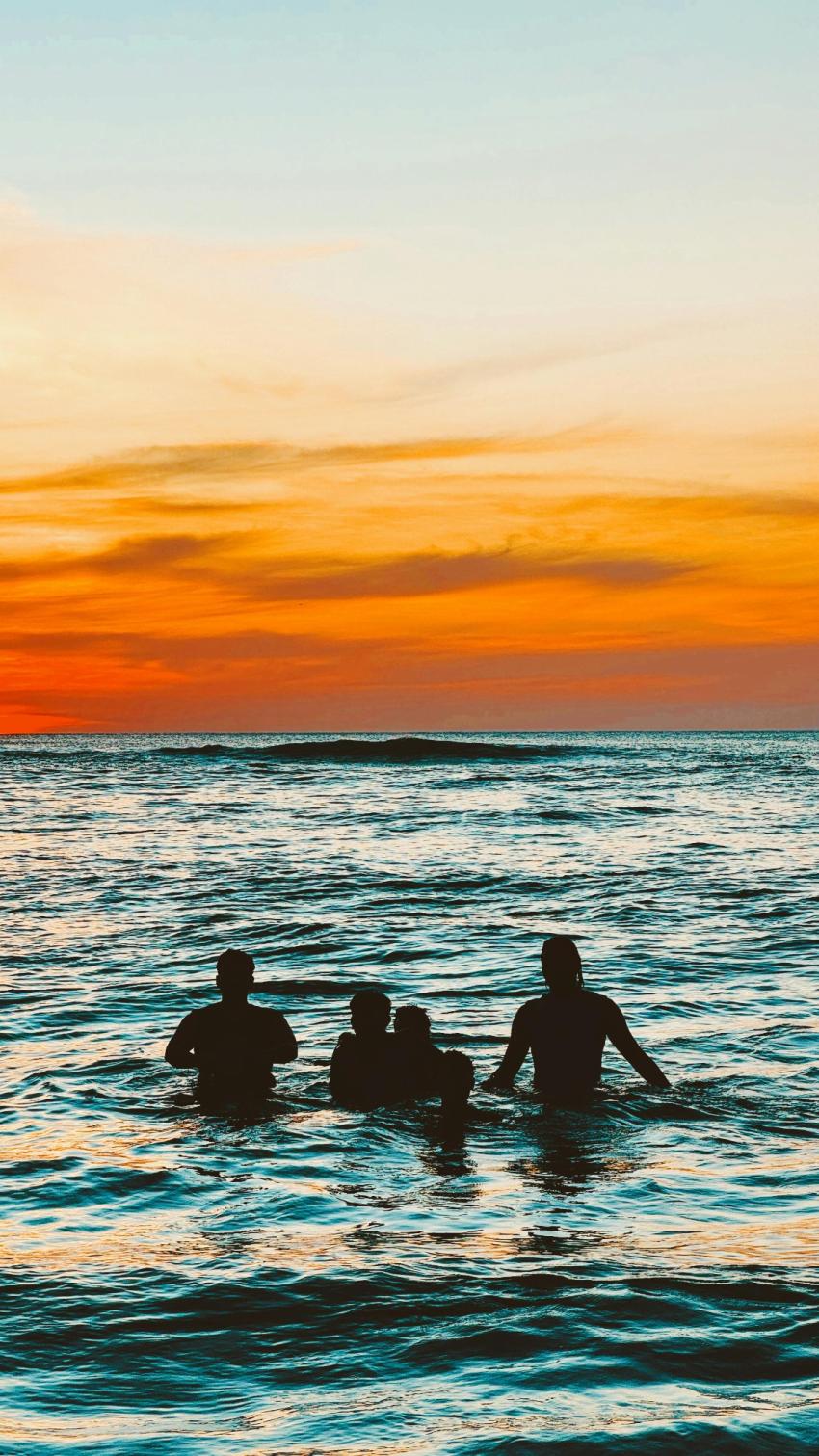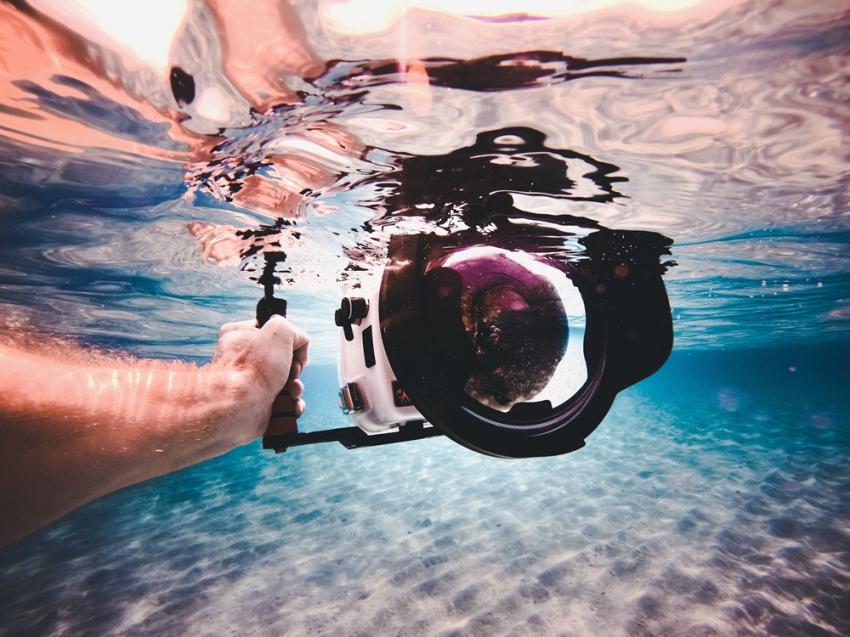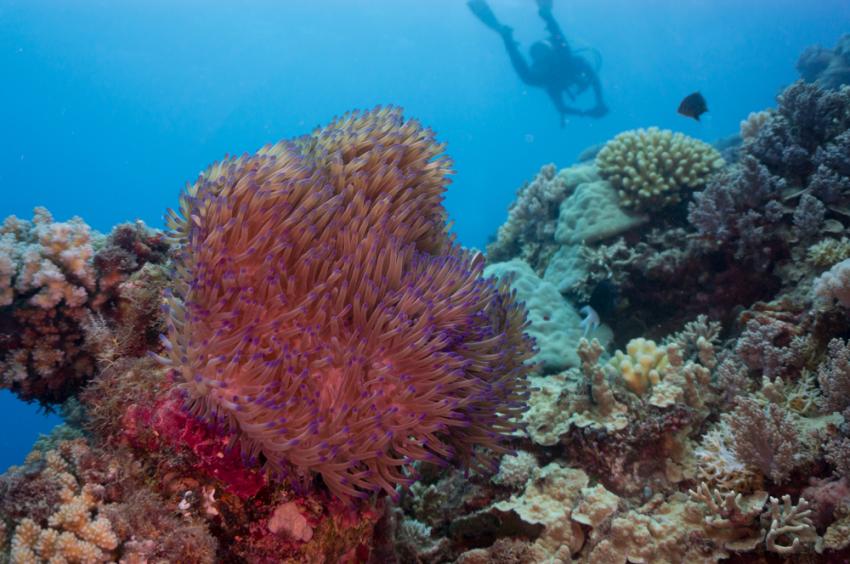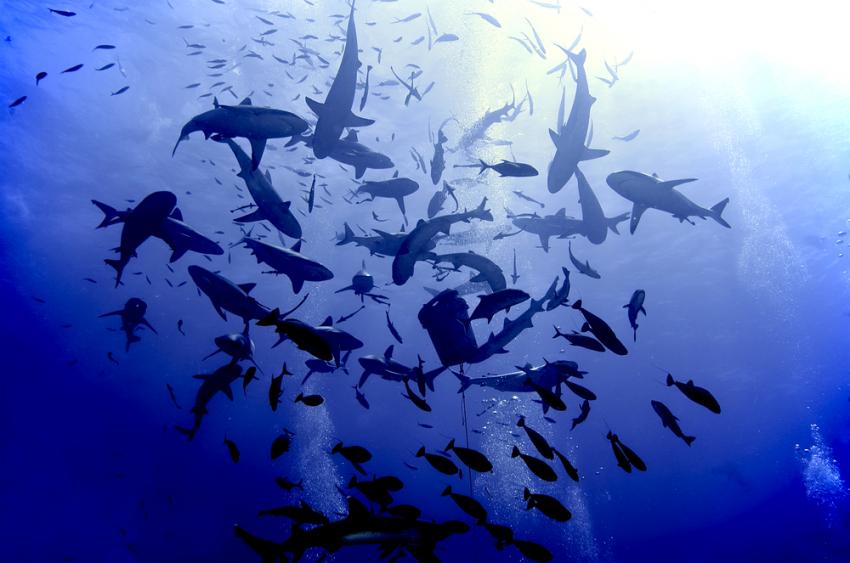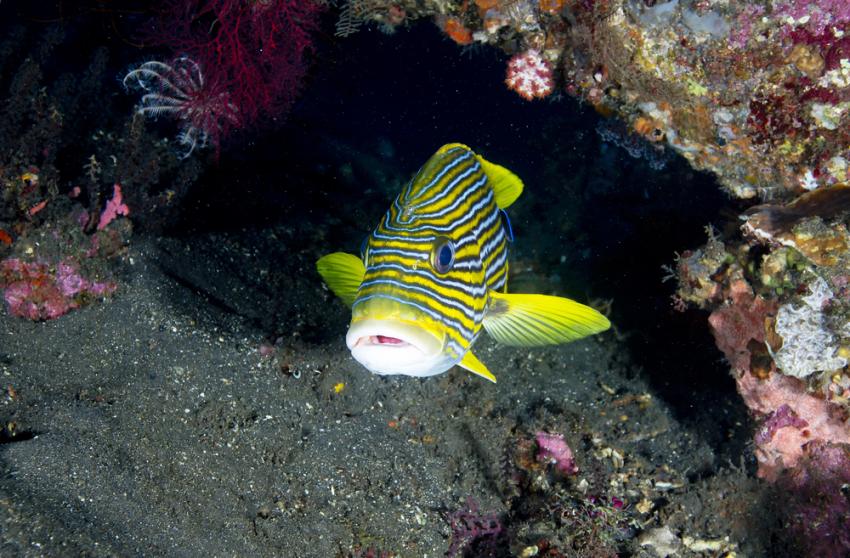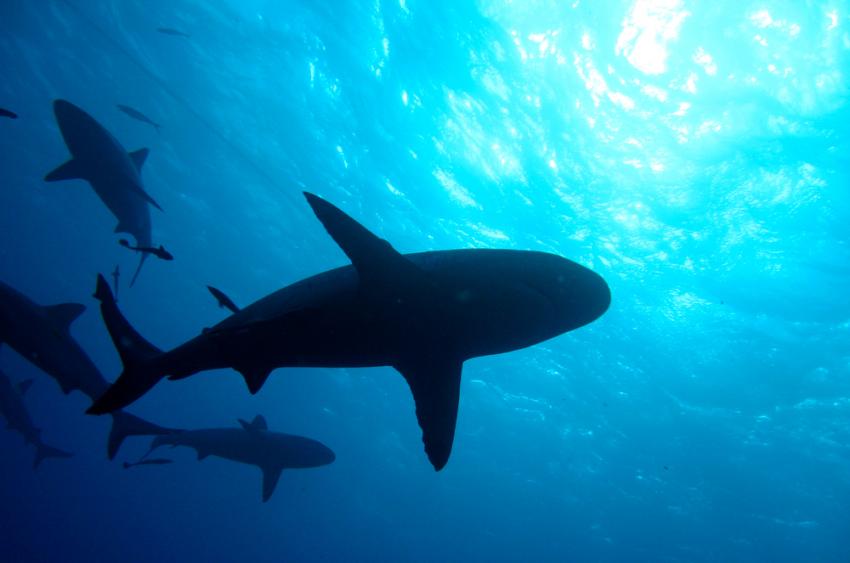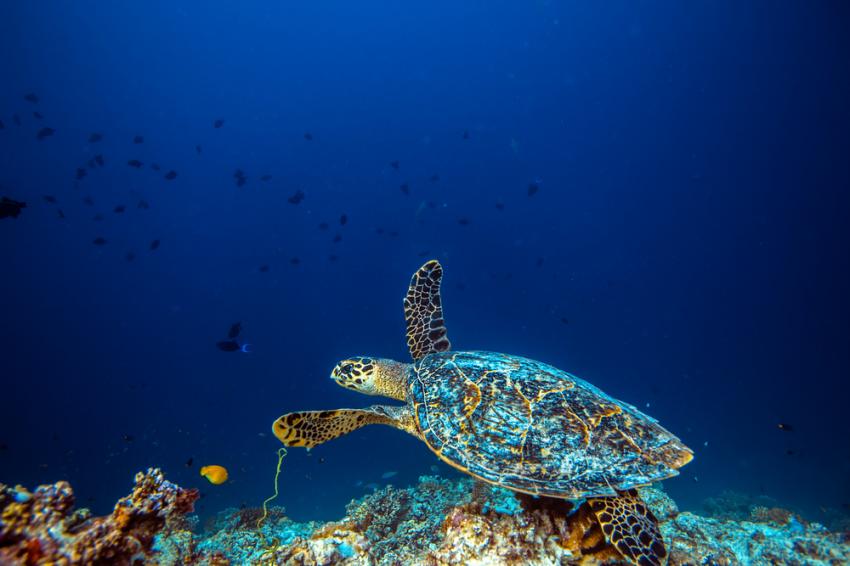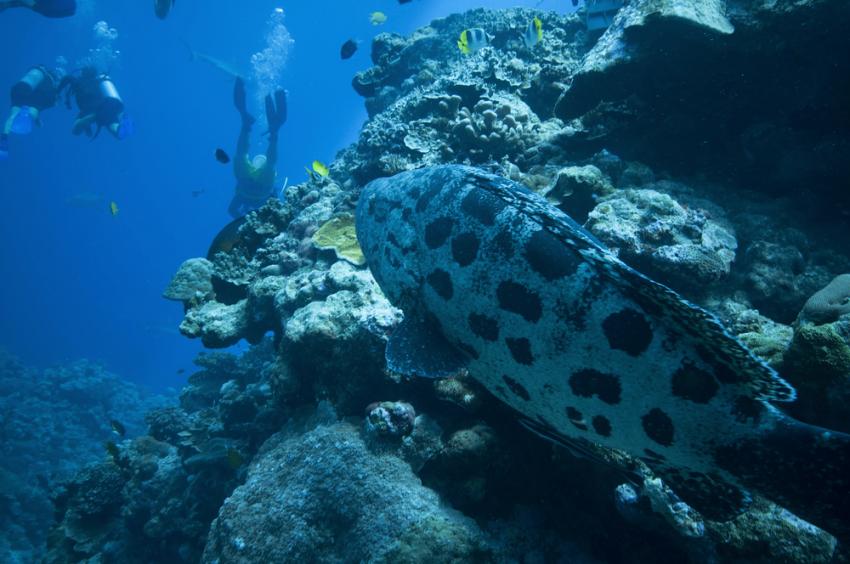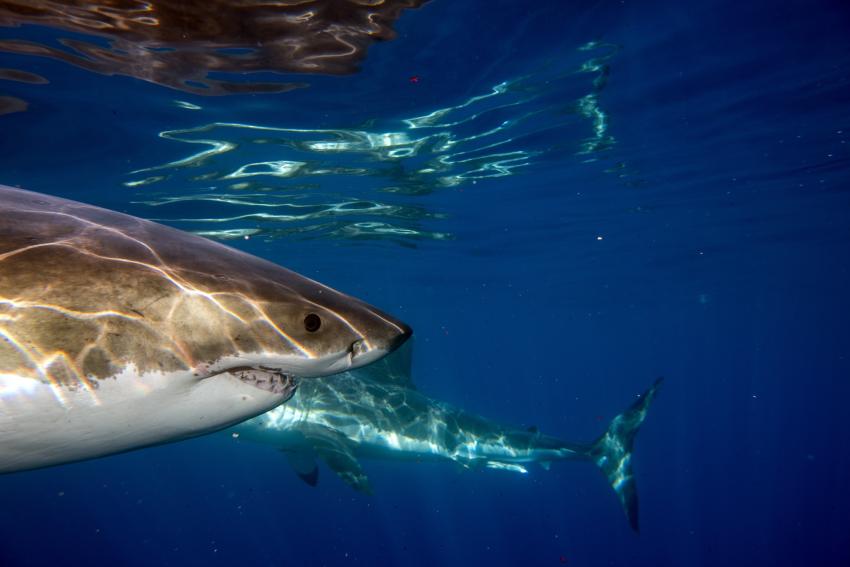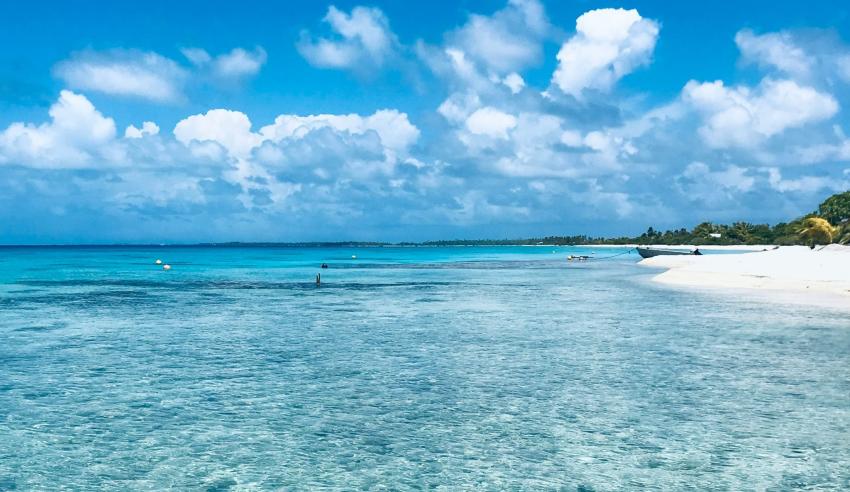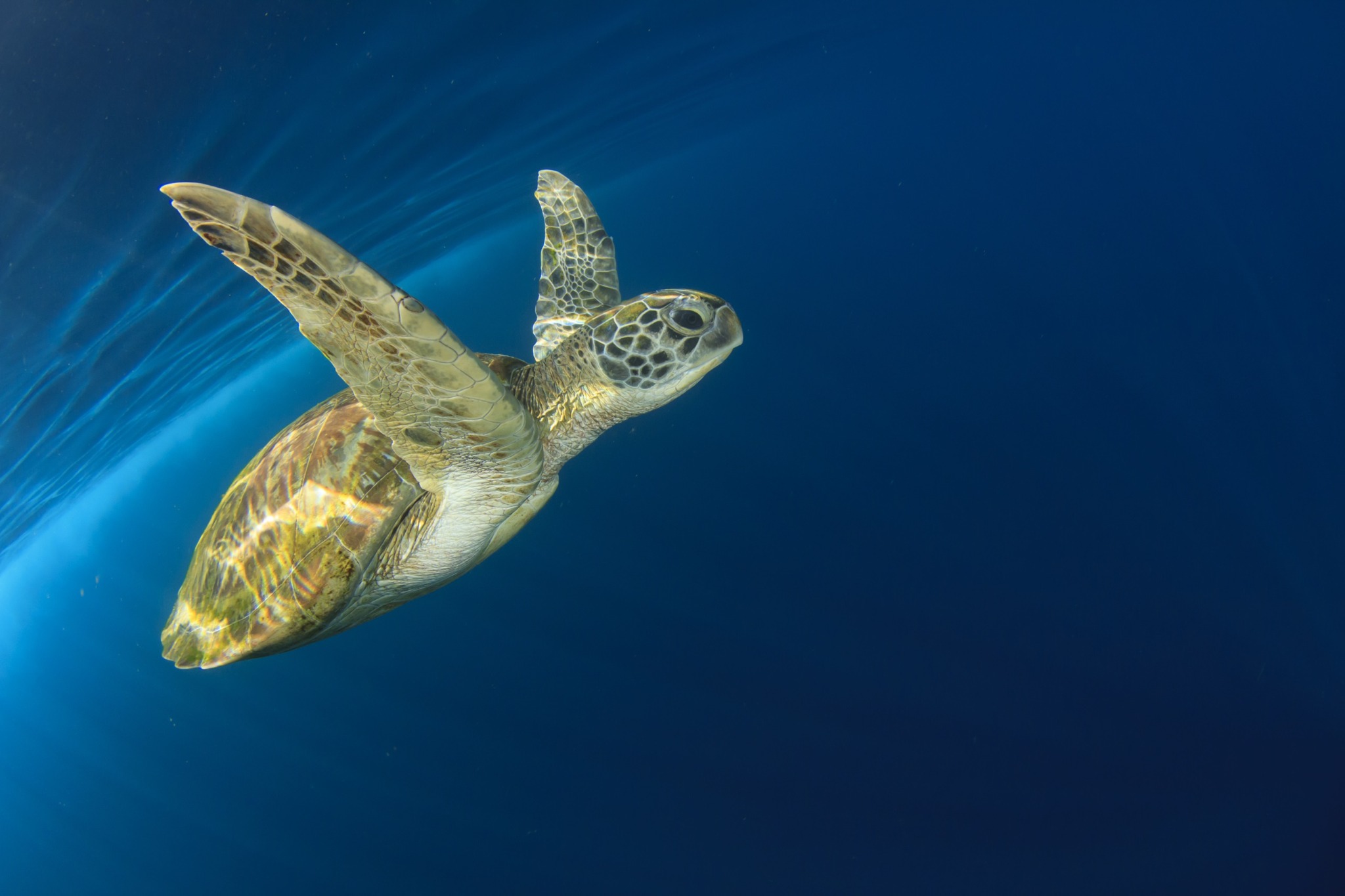
Great Barrier Reef Liveaboard Diving
60% of divers returns to us
Best Great Barrier Reef Liveaboards
Handpicked Great Barrier Reef Liveaboard Collections
Scuba Diving in Great Barrier Reef
The Great Barrier Reef, an extensive natural treasure, stretches over 2,300 kilometers along the Queensland coast of Australia. It is the largest coral reef system globally and a UNESCO World Heritage site. This underwater spectacle is a haven for a vast array of marine life. Over 1,500 fish species, including the iconic clownfish, parrotfish, and vibrant damselfish, thrive among the reef. The reef's diverse habitats also support over 400 varieties of corals, from sprawling elkhorn corals to the intricate patterns of brain corals.
Besides fish and corals, the reef is a critical habitat for many other marine animals. It hosts a range of sharks, rays, sea turtles, and countless invertebrates. Each dive into the Great Barrier Reef reveals a part of its complex and vibrant ecosystem. The reef's importance extends beyond its biodiversity; it's a crucial barometer for the health of the world's oceans and an essential component of marine ecological balance
Must See Great Barrier Reef Dive Sites
The Great Barrier Reef offers an array of spectacular dive sites, each boasting its unique charm and array of marine life. Osprey Reef, renowned for crystal-clear waters, is a remote seamount known for shark encounters and breathtaking wall dives. The Ribbon Reefs, a series of ten individual reefs, are celebrated for their abundant marine life, including dwarf minke whales and giant potato cod. Milln Reef, a diver's paradise, offers a multitude of dive sites with vibrant soft corals and a wide range of pelagic fish, making it a dynamic location for underwater photography.
Flynn Reef stands out for its stunning coral gardens and diverse fish species, offering a quintessential Great Barrier Reef diving experience. The Cod Hole is one of the most famous sites, known for the friendly and massive potato cod that divers can interact with. Lizard Island, not just a magnificent dive spot but also an idyllic island retreat, offers access to some of the most pristine sections of the reef. Bougainville Reef, less frequented by tourists, provides a more secluded diving experience with dramatic underwater landscapes.
North Horn, located at the tip of Osprey Reef, is famous for its shark feed dives, offering adrenaline-packed encounters with various shark species. The SS Yongala wreck, one of the world’s best wreck dives, is a marine microcosm teeming with life, encrusted in corals and surrounded by schools of fish. Each of these sites captures the essence of the Great Barrier Reef, showcasing the spectacular biodiversity and awe-inspiring beauty of this underwater world
When To Go Diving in Great Barrier Reef
It is possible to dive at the Great Barrier Reef at any time of the year. The optimal time for diving is generally from June to October. During this period, the water is clearer, and visibility is at its best, often exceeding 30 meters. This is also the dry season, which means fewer rainfalls and thus less runoff into the ocean, keeping the water clearer. This period also coincides with the Australian winter and spring, offering milder temperatures and less humidity. The water temperature during these months ranges from 22°C (71°F) to 25°C (77°F), which is comfortable for most divers.
Additionally, this is the season for witnessing dwarf minke whales and humpback whales, adding a spectacular dimension to the diving experience.
In the summer months, from December to February, the water temperatures can rise to around 29°C (84°F). While this is warm and pleasant for swimming, it can sometimes lead to decreased visibility due to plankton blooms and higher rainfall. Visibility can vary throughout the year and is influenced by weather conditions and the presence of plankton in the water, which attracts more marine life
